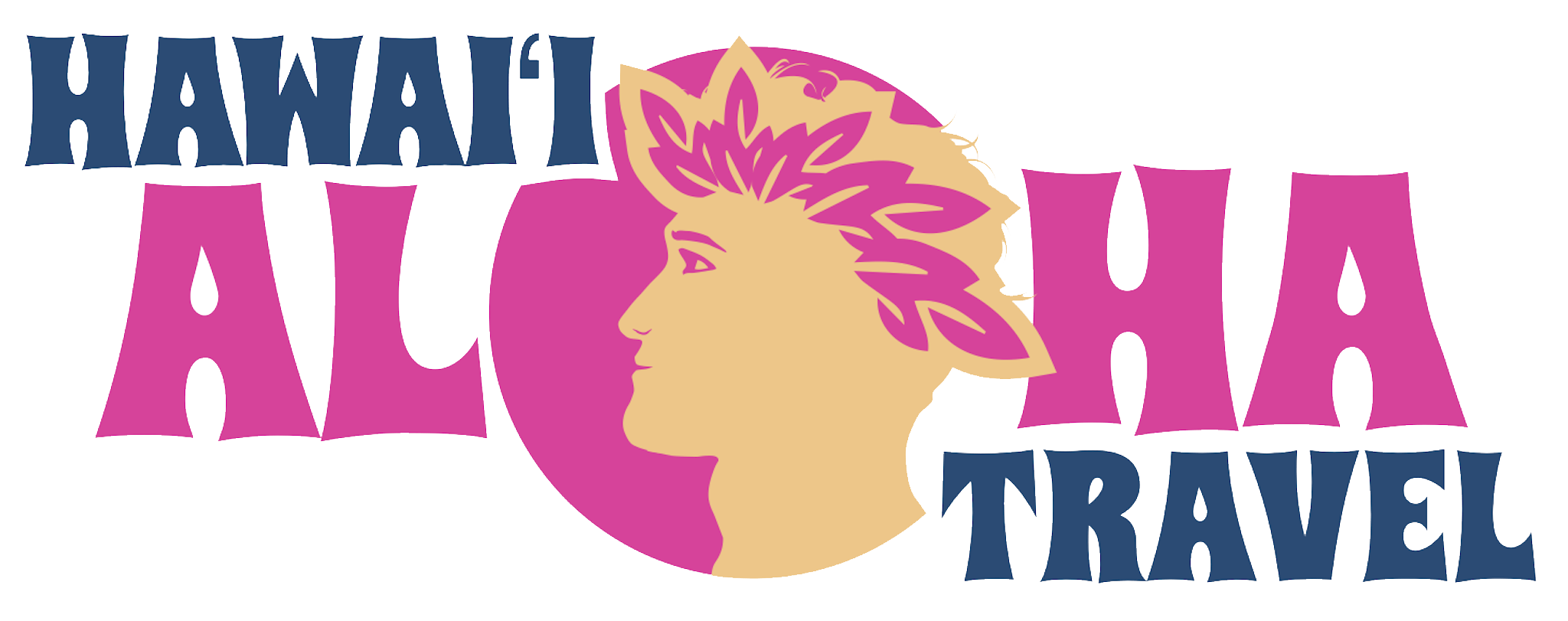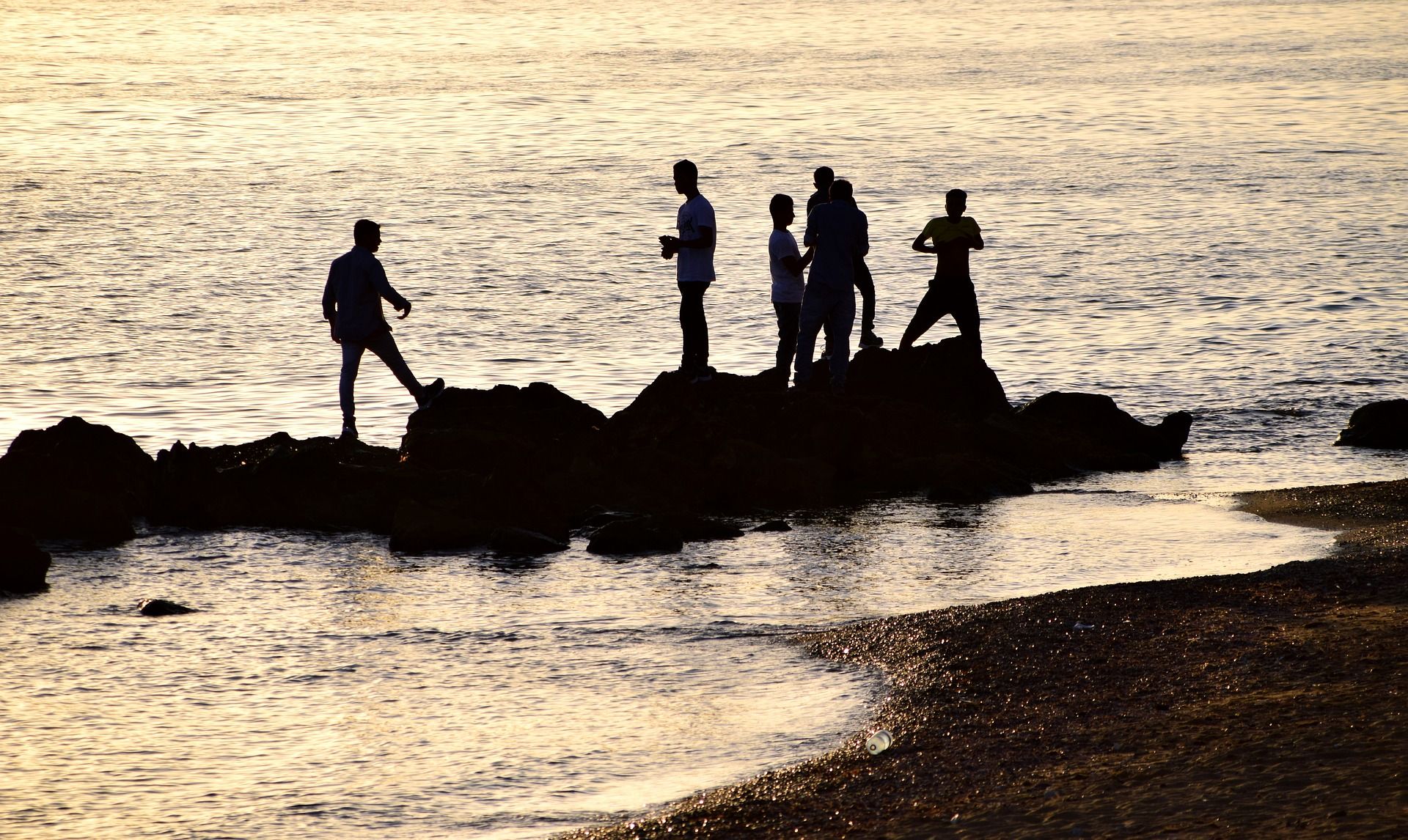There is a false sense of security in Hawaii’s outdoor environment. Yes the water looks tranquil and tropical, the trails appear peaceful and lush and the guidebooks paint a rosy image of the waterfalls and swimming holes that make everything seem like a dream. While I do agree that Hawaii is a relatively safe place to explore, there are boundaries and limitations in these Islands that should not be crossed.
Every year, millions of tourists travel to Hawaii to enjoy a fun and relaxing vacation. However it’s very sad and unfortunate to say that some do not make it back home. It may seem like a daunting topic, but with so many injuries and deaths happening in Hawaii, it is ever important for those in the travel and vacation industry to be realistic with their audience. Many travel blogs and guidebooks are invested in boosting tourism, and it seems at any and all costs.
Just recently I was on Kauai at Ke‘e Beach and a drowning took place a quarter-mile away at the secluded fresh pool known as The Blue Room. The only way a visitor to Kauai would possibly know about The Blue Room is through a guidebook or online travel site. It is far too hidden and local for just anyone to know about it. Most people come to know this gem through a resident, or local word of mouth. But the young man was not with a group of locals. And he didn’t know the dangers that lurked at this beautifully deceptive underwater cave. This place is notorious for claiming lives, as too was Kipu Falls on Kauai, which is now closed and removed from all guidebooks.
Hanauma Bay on Oahu, one of the most placid snorkeling places in Hawaii, recently claimed another life. The cause was by drowning, and was classified as an unattended death.
This past wintertime we saw some of the biggest swells in recent history pound the North Shore. All locals knew to stay far away from the shorelines, for fear of being swept out to sea and carried quickly away by the currents. Yet there I was, standing at the Ke Iki beach entrance, watching five lifeguards desperately trying to save three tourists as they floundered in the massive surf.
There are so many ways that Hawaii can turn from fun to dangerous in a matter of minutes, and it’s easy to be led astray by the tropical, relaxing and beautiful atmosphere the Islands portray. All the more reason to keep your wits about you. I always recommend consulting a lifeguard before swimming at any open beach, or familiarizing yourself with a spot before exploring it.
As for hikes, waterfalls and secluded areas of the island, it’s best to travel with a knowledgeable guide. If you go on your own and are unfamiliar with the terrain, this means you’re unfamiliar with the dangers and could be jeopardizing your safety. Guides and locals know best, so consult someone from the island before adventuring on your own.
Be aware of your surroundings and the ocean and weather conditions every day. The swells and waves are notorious for changing from gentle ankle slappers to massive shorebreak, so it’s smart to be conscious of the tides and swells throughout your stay in Hawaii.
Another big safety precaution: if in doubt don’t go out. You’ll see this motto posted at almost every beach entrance, because it is so unbelievably important to remember. If you’re not used to the ocean or unaccustomed to swimming, don’t overestimate your capabilities in the wild ocean. The number one cause of visitor deaths in Hawaii is drowning. Please let this statistic stand as a reminder to you, your family and friends during your vacation to the Islands to remain cautious and informed.
I have no malicious or disrespectful intent with writing this piece. I merely wish to spread the word to visitors coming to Hawaii that the alluring qualities of these tropical Islands can also be the most dangerous. Please be safe.




